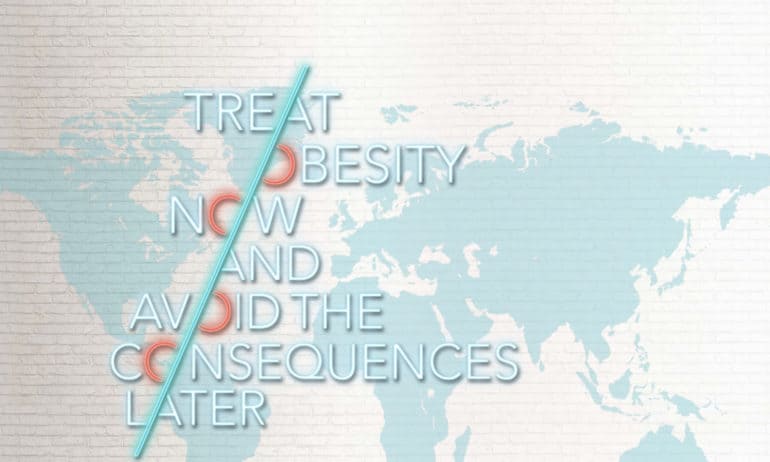The annual cost of treating the negative health impacts of obesity is projected to top US$1.2 trillion globally by 2025, according to new estimates released by the World Obesity Federation (WOF) ahead of October 11, which was World Obesity Day.
The United States alone will incur almost half of the costs, around US$555 billion per year. Over the eight intervening years from 2017 to 2025, the U.S. is projected to spend a total of US$4.2 trillion treating obesity-related diseases. More than one third of U.S. adults, 36.5 percent, are already obese and the U.S. already spends more than any other nation on health care.
The study projects that there will be 2.7 billion overweight and obese adults globally by 2025, which is one third of the total projected human population.
In low-income countries where healthcare systems are already strained, the obesity epidemic is causing increases in chronic illnesses such as cancer and heart disease. Obesity among both children and adults has soared in low-income and emerging countries in recent years.
“The annual medical costs of treating the consequences of obesity, such as diabetes and heart disease, is truly alarming,” said Professor Ian Caterson, President of WOF. “Continual surveillance by WOF has shown how obesity prevalence has risen dramatically over the past 10 years and with an estimated 177 million adults suffering severe obesity by 2025, it is clear that governments need to act now to reduce this burden on their national economies.”
Johanna Raston, CEO of WOF, argues that governments should consider tools like sugary drink taxes to combat rising health care costs by supporting healthier populations. “Right now there is a big focus on sugar-sweetened beverages, which is fantastic. I think as with tobacco, you want to find something that is tangible that governments can do and is measurable,” she says.











